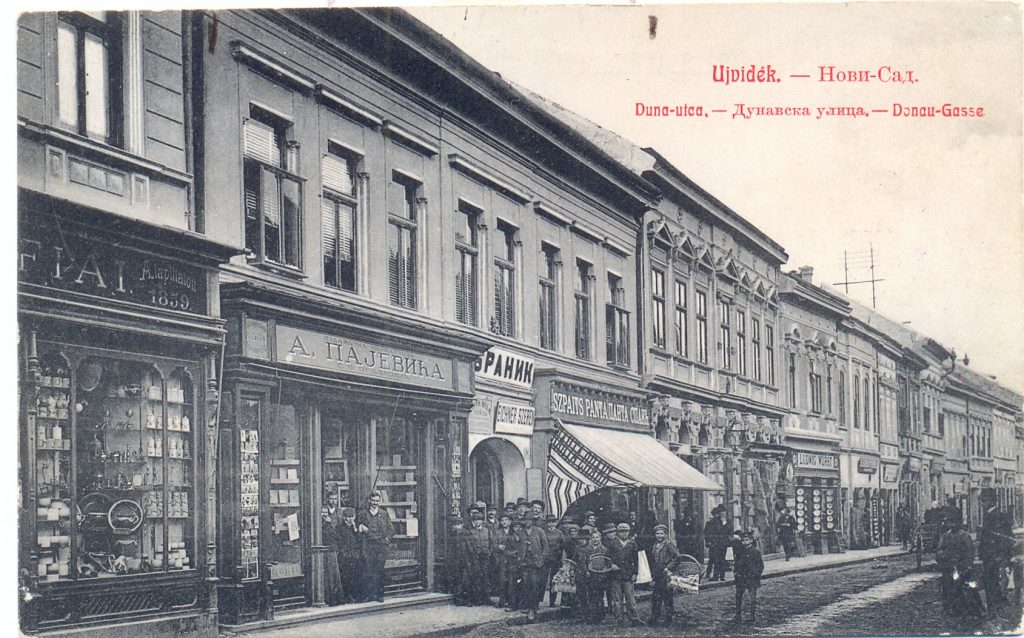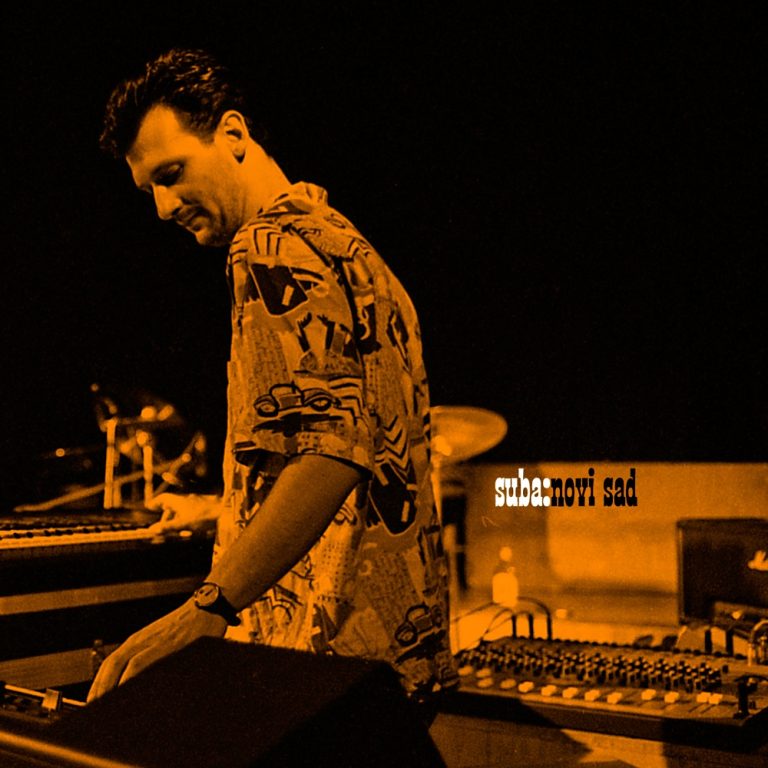This website uses Google Analytics to collect anonymous information such as the number of visitors to the site, and the most popular pages.
Keeping this cookie enabled helps us to improve our website.
Statistic cookies
By using statistic cookies, we are able to understand and analyse how visitors interact with the Website in general. All information collected by these cookies is collected anonymously. These cookies allow us to count visits and traffic sources, in order to measure and improve the performance of our Website. As a result, we may create a report on pages that are the most and the least interesting.
| COOKIE NAME |
PURPOSE |
PROVIDER |
EXPIRY |
TYPE |
| _ga |
Registers a unique ID that is used to generate statistical data on how the visitor uses the website. |
visitns.rs |
2 years |
HTTP |
| _ga_# |
Used by Google Analytics to collect data on the number of times a user has visited the website as well as dates for the first and most recent visit. |
visitns.rs |
2 years |
HTTP |
Marketing cookies
Marketing cookies are used to provide you with a good user experience, by determining what content is more relevant to you. Also, they enable us to continually improve our Website and reach. These cookies are set up through our Website by our advertising partners, who may use marketing cookies to create a profile of your interests and present you advertisements appropriate to your interest in other locations. Marketing cookies uniquely identify your browser and device. You may prevent experiencing targeted ads by not allowing these cookies.
| COOKIE NAME |
PURPOSE |
PROVIDER |
EXPIRY |
TYPE |
| _fbp |
Used by Facebook to deliver a series of advertisement products such as real-time bidding from third-party advertisers. |
visitns.rs |
3 months |
HTTP |
| _gcl_au |
Used by Google AdSense for experimenting with advertisement efficiency across websites using their services. |
visitns.rs |
3 months |
HTTP |
| IDE |
Used by Google DoubleClick to register and report the website user’s actions after viewing or clicking one of the advertiser’s ads with the purpose of measuring the efficacy of an ad to present targeted ads to the user. |
doubleclick.net |
1 year |
HTTP |








